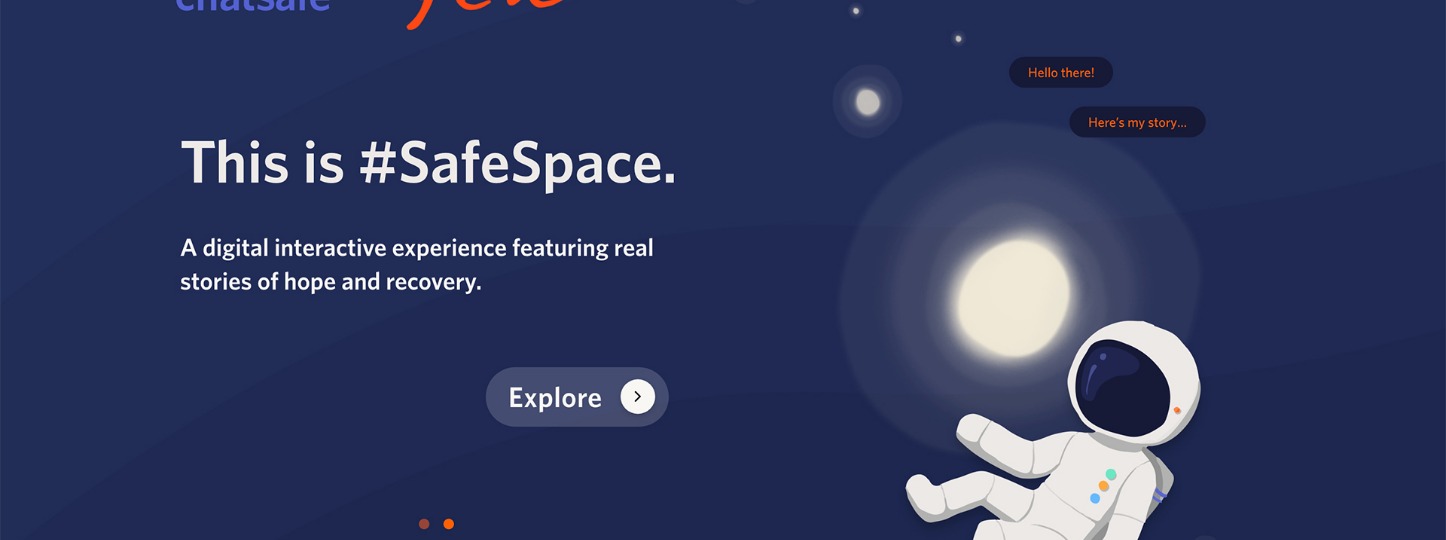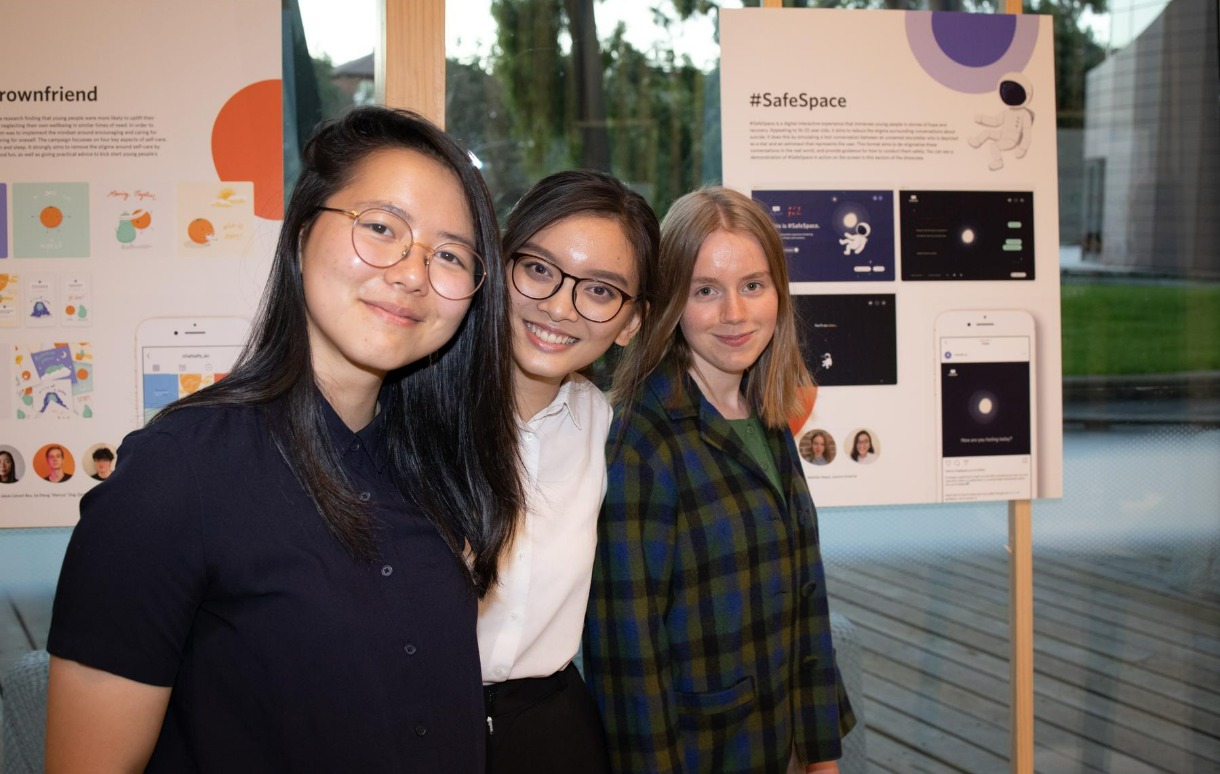The #SafeSpace project featured at Melbourne Design Week where studio creator and lecturer in communication design at RMIT, Dr Nicola St John and her students discussed how engaging and trusting young designers in co-design practices can lead to campaigns that are inclusive, relatable and meaningful.
St John said her teaching practice fostered socially responsible designers by bridging the gap between working ethically, centralising safe spaces, and collaborating on real world projects that are meaningful to students.
“Partnering with #chatsafe has ultimately transformed my teaching approach to one that is more vulnerable, trusting, and caring,” she said.
“Working in collaboration and being supported by #chatsafe also enabled me to understand my role in creating safe spaces as helping the students to design a campaign in an empathetic, sensitive, and ethical way, and to position myself as someone who was also learning alongside the students. “
Linsy Angwny, one of the students who co-designed #SafeSpace, said she hoped the project would remind other young people that they are not alone in their journey.
“I’m very passionate about mental health, and suicide is a topic that is very personal to me,” Angwny said.
“We hoped #SafeSpace could bring hope and recovery to other young people out there.”
Suicide prevention team lead researcher, Dr Louise La Sala worked closely with RMIT students, Joanne Pankey, Linsy Angwny and Matilda Heeps in the making of #SafeSpace.
“Everything we do at #chatsafe is by young people, for young people, so it was really important to us that we partnered with young people to help share these stories,” she said.
“Not only are these real stories from young people who have shared their lived experience with us, but these students from RMIT have brought them to life in a way that is age appropriate, safe, and meaningful”.
Head to orygen.org.au/safespace to learn more about #SafeSpace.
Story: Nicola St John and Karen Phelan





.jpg)
